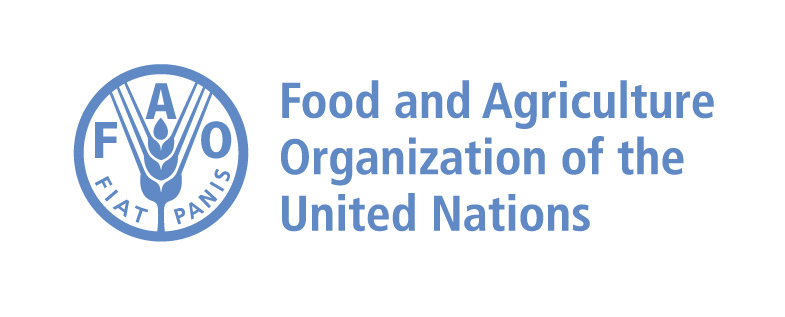Resource information
The Estonian Environmental Strategy 2030 is a national cross-sectoral strategy of Estonia for the period 2007-2030. Its main objective is to ensure the preservation and improvement of the Estonian living and natural environment in the areas of reduction of waste, disused hazardous sites and the pollution load; sustainable use of water and mineral resources; energy; transport; forestry; fisheries; hunting; and preservation of the diversity of nature and landscapes.The Strategy aims to ensure food and potable water safety. To this end, it sets out measures concerning the content of pollutants in the food chain which originate from the environment and ensuring that it does not harm human health; extension of monitoring and analysis possibilities for improvement of supervision over food; improvement of the information system of food contaminants to enable informed decisions to be made and to increase the awareness of the population; development of a system for assessment of the health risks and effects arising from food contaminants; ensuring that drinking water does not harm human health; development and implementation of a system of regulations and benefits for reduction of contaminants originating from the environment in drinking water; development of a system for monitoring and publication of contaminants originating from the environment; and increasing the knowledge of specialists and people regarding the safety of drinking water.In addition, the Strategy aims to make forestry, fisheries and other sectors more productive and sustainable. To this end, it provides for achieving good condition of surface water (incl. coastal water) and groundwater; prevention of pollution and assessment of the status of the aquatic environment; encouraging the management and sustainable utilisation of multifunctional forests; reduction of illegal utilisation of forests; sustainable management of fish resources; ensuring the diversity of the species of game; long-term planning of the development of hunting; environmentally sustainable utilisation of soil; preservation and improvement of soil fertility; functionality and sustainable utilisation of natural and cultivated landscapes; formulation and implementation of a landscape policy, considering the principles of the European Landscape Convention; preservation of the diversity of landscapes and various types of habitats; provision of high-quality systematic nature education; formulation of measures to avoid the spread of new potentially invasive alien species; preservation, supplementation and development of the existing network of protected areas; drafting and supplementation of legislation concerning ambient air protection; development of the legal regulation of the sphere of disused hazardous sites; formulation and implementation of plans for arrangement of known disused hazardous sites; long-term planning of waste management; reduction of waste generation and for development of waste management (incl. for mitigation of environmental impact and risks caused by disposal of waste); developing an efficient, environmentally sustainable and comfortable public transport system; and phasing out artificial substances used in industry and households, which deplete the ozone layer.In order to increase the resilience of livelihoods to disasters, the Strategy aims to prepare action plans for prevention and prompt elimination of emergencies arising in the environment; to ensure the safety and protection of people against risks jeopardizing their security; to arrange the legal framework of prevention of possible emergencies relating to the natural environment, planning of the preparedness for emergencies and elimination of emergencies; to plan scientific and applied research, and development of a training system in the spheres of preparedness for emergencies, crisis management and protection of the population; to improve preparedness for environmental emergencies, incl. participation in international undertakings in the fields of crisis management and protection of the population; to ensure to have sufficient capacity of elimination of floods and storm damage, large fires, and industrial and transport fires, chemical and radiation accidents; and to develop a logistic supply necessary for elimination of disasters on the level of regions.The document also covers the fields of minerals and energy. Specifically, it provides for environmentally sustainable extraction of mineral resources; encouraging companies that extract and utilise mineral resources to focus on environmental sustainability; developing diverse and sustainable production technologies based on different sources of energy; supporting research and development activities and pilot projects relating to new energy production methods; enhancing energy conservation and management of the consumption of energy, incl. development in line with the legislation of the European Union; optimisation of energy systems; increasing the awareness of energy conservation; and integration of energy conservation in other sectors.The document notes that monitoring and revision of the Strategy will be carried out through the monitoring of the Environmental Action Plan that will be adopted to implement this Strategy. Thus, thorough monitoring will be carried out every three years. Monitoring will be carried out by ministries specified as entities responsible for the implementation of the activities set out in the Action Plan. The Strategy will be updated in 2013 on the basis of monitoring results.
Implemented by: National Environmental Action Plan of Estonia for 2007-2013 (2007-02-22)


